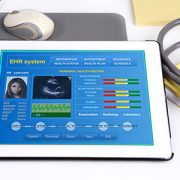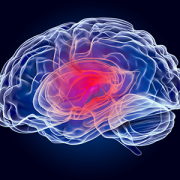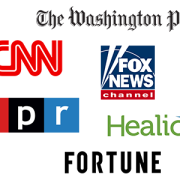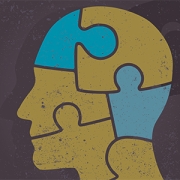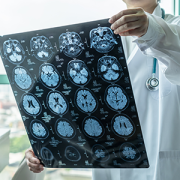Predicting kids’ outcomes after concussion

A concussion symptom measurement tool, developed by investigators at Children’s National Health System, allows other researchers to collect valuable evidence about the natural progression of symptoms and recovery for children. The tool, Post-Concussion Symptom Inventory (PCSI), was a key tool in the recent large-scale multi-center prospective study of recovery trajectory for children, which was published online in JAMA Pediatrics Sept. 4, 2018.
That study included 2,716 children between the ages of 5 and 17, and identified major trends in symptom improvement post concussion, such as:
- Children younger than 12 experience primary symptom improvement in the first two weeks
- Pre-adolescents, male adolescents and teens experience primary symptom improvement in the first four weeks and
- Female adolescents take longer to perceive primary symptom improvements than children, pre-adolescents and male counterparts.
“We’ve known for many years that different people experience concussion recovery very differently. This study is the first to provide significant evidence of what we should expect to see in terms of symptom improvement for children and teens,” says Gerard Gioia, Ph.D., chief of the Division of Neuropsychology at Children’s National and director of its Safe Concussion Outcome Recovery and Education Program, who co-authored the study and whose team developed the PCSI measurement tool. “Ultimately, these findings are an important step in predicting outcomes after a concussion and developing treatment plans that get kids back to school and sports safely, when they are ready.”
Dr. Gioia and his team also recently received a Centers for Disease Control and Prevention (CDC) grant to develop a new smartphone application, Online Treatment Recovery Assistant for Concussion in Kids (OnTRACK), that applies several concussion tools developed at Children’s National, including the same one applied in the JAMA Pediatrics study, to track individual symptoms over time.
The OnTRACK app will report concussion symptoms on a regular basis (daily or weekly) and map their trajectory, so doctors can see when recovery is proceeding along the expected pathway. Alternatively, clinicians will receive an alert when a child’s recovery misses targets and warrants further investigation and possible referral to a specialist.



